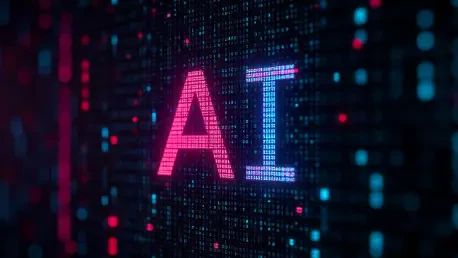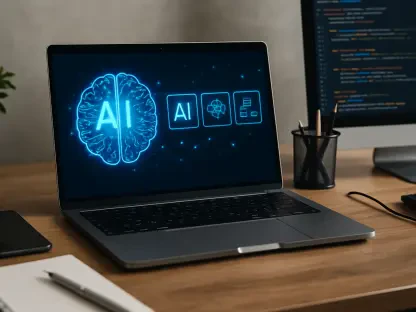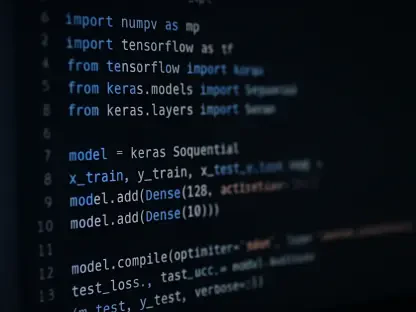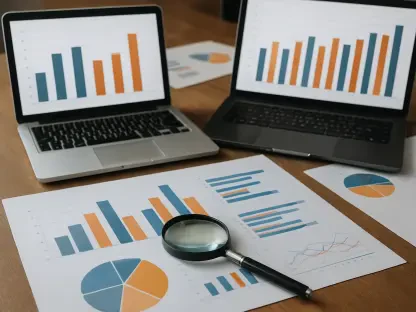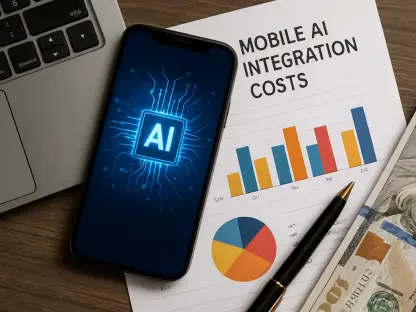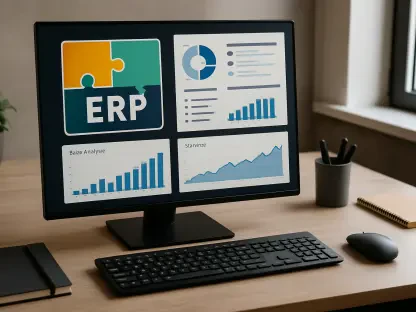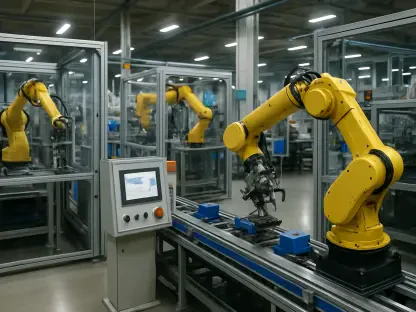Short introductionToday, we’re thrilled to sit down with Anand Naidu, our resident development expert with extensive knowledge in both frontend and backend technologies, as well as a deep understanding of various coding languages. With his sharp insights into the tech industry, Anand is the perfect person to unpack the recent $1.1 billion acquisition of software testing startup Statsig by OpenAI. In this conversation, we dive into the strategic motivations behind the deal, the significance of Statsig’s talent and technology, and how this move signals OpenAI’s ambitions in the AI and consumer space. We also explore the unique operational setup post-acquisition and what it means for both companies moving forward.
How do you see the strategic motivations behind OpenAI’s $1.1 billion acquisition of Statsig playing out?
I think this acquisition is a brilliant move by OpenAI to bolster its capabilities in product testing and experimentation. Statsig’s expertise in A/B testing, feature flagging, and real-time decision-making tools offers OpenAI a way to refine and accelerate the deployment of AI-powered features. Beyond the tech, this deal is also very much about talent—often called an ‘acquihire’—where bringing in skilled individuals is just as critical as the tools they’ve built. It aligns perfectly with OpenAI’s push to innovate at scale, especially in the consumer space where user feedback and rapid iteration are everything.
What specific technologies or strengths from Statsig do you think caught OpenAI’s attention the most?
Statsig’s core strengths lie in its experimentation platform—think A/B testing and feature flagging—which allow companies to test new features with targeted user groups and make data-driven decisions. These tools are invaluable for a company like OpenAI, which is constantly rolling out complex AI features and needs to ensure they resonate with users. Having this kind of precision in testing can significantly reduce risks and improve user experience, which is likely a huge draw for OpenAI as they aim to stay ahead in a competitive market.
Can you shed some light on how this acquisition fits into OpenAI’s larger vision for AI and consumer applications?
Absolutely. OpenAI has been making aggressive moves to expand its footprint beyond just core AI research into practical, consumer-facing applications. Acquiring Statsig isn’t just about enhancing their testing capabilities; it’s about building a foundation for creating more intuitive, user-centric AI products. By integrating Statsig’s data-driven approach, OpenAI can fine-tune its offerings to meet real-world demands, which is crucial as they aim to dominate in areas like AI-powered tools and services for everyday users.
What’s your take on the new role created for Statsig’s CEO as Chief Technology Officer of Applications at OpenAI?
It’s a significant move that shows how much value OpenAI places on leadership from Statsig. This role seems tailored to bridge the gap between technical innovation and application development, focusing on turning raw AI capabilities into polished, market-ready products. Reporting directly to the CEO of Applications suggests a high level of trust and influence within OpenAI’s hierarchy, positioning this leader to drive key initiatives and ensure that the integration of Statsig’s tech and talent aligns with broader company goals.
How important do you think Statsig’s talent pool was in making this deal happen?
Talent was likely a cornerstone of this acquisition. Statsig’s team brings a unique blend of expertise in software testing and data-driven product development, which is incredibly hard to come by. In today’s market, where AI talent is a hot commodity, securing a skilled group like this through an acquihire is a strategic win for OpenAI. It’s not just about the tools; it’s about the minds behind them who can continue to innovate and adapt within OpenAI’s ecosystem.
With Statsig continuing to operate independently from its Seattle base, how do you think this arrangement will play out in practice?
It’s an interesting setup. Keeping Statsig independent allows it to maintain its existing customer relationships and operational focus, which is a smart way to preserve its brand value and expertise while still benefiting OpenAI. I suspect there will be close collaboration on shared goals, especially since OpenAI is already a customer, but Statsig will likely retain autonomy in day-to-day operations. The challenge will be ensuring that this independence doesn’t create silos or misaligned priorities, but with strong leadership, it can work as a best-of-both-worlds scenario.
The $1.1 billion valuation for Statsig matched its latest funding round with no premium. What does this tell us about confidence in OpenAI’s trajectory?
It’s a telling sign of how much faith Statsig and its investors have in OpenAI’s future growth. Agreeing to a deal without a premium suggests they believe being part of OpenAI’s ecosystem will yield greater long-term value than a standalone path. It also reflects OpenAI’s strong market position—they don’t need to overpay to attract partners because their reputation and potential for innovation speak for themselves. It’s a vote of confidence in where OpenAI is headed.
Can you break down the importance of Statsig’s core offerings like A/B testing and feature flagging for a company like OpenAI?
Sure. A/B testing and feature flagging are critical for any tech company looking to innovate without taking unnecessary risks. For OpenAI, these tools mean they can experiment with new AI features on a small scale, gather user feedback, and decide whether to roll them out widely or make adjustments. This iterative process is essential in the AI space where user experience can make or break adoption. Having these capabilities in-house now gives OpenAI a tighter feedback loop and a competitive edge in refining their products.
What’s your forecast for how this acquisition might shape OpenAI’s position in the consumer AI market over the next few years?
I’m optimistic that this acquisition will significantly strengthen OpenAI’s foothold in the consumer AI market. By leveraging Statsig’s testing tools and talent, they’re likely to roll out more polished, user-friendly applications faster than before. This could accelerate their growth in areas like AI-driven consumer tools, where competition is fierce. If they integrate these capabilities effectively, I see OpenAI setting a new standard for how AI products are developed and brought to market, potentially widening their lead over rivals in the next three to five years.
